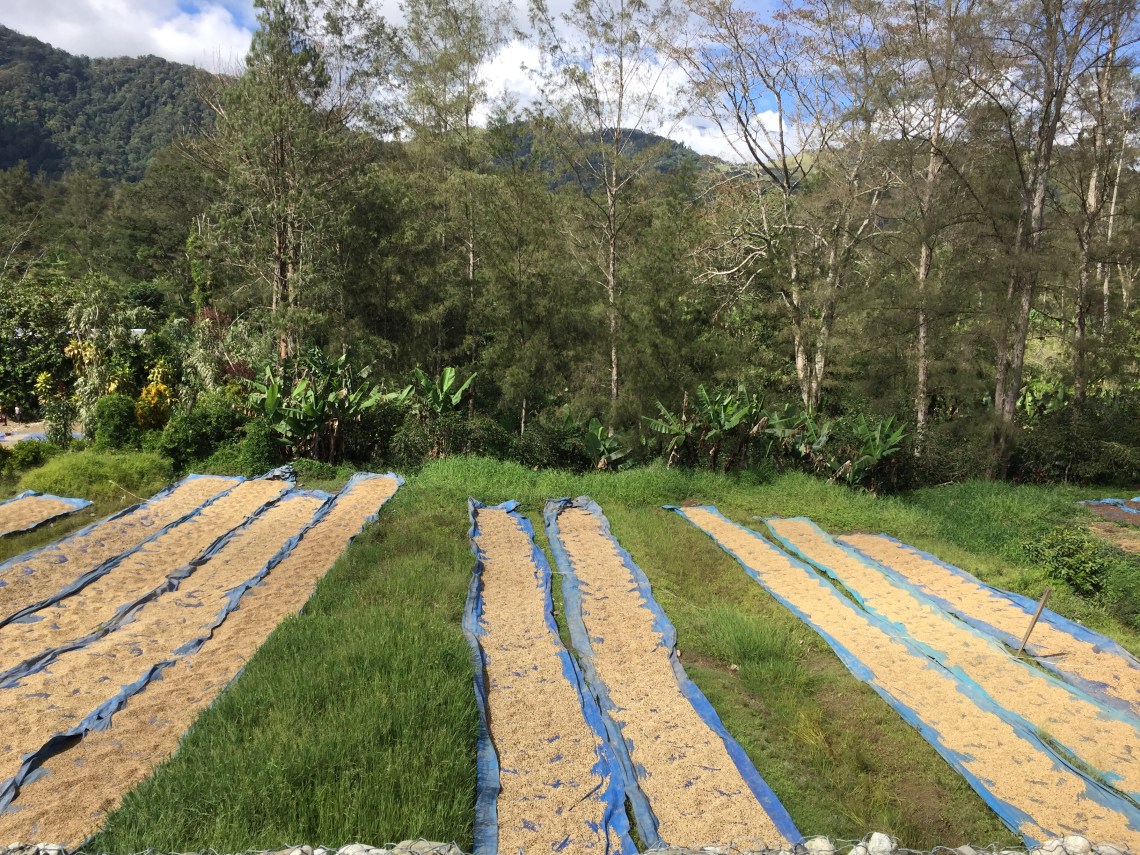We are adding a new coffee to the shelves of La Colombe. The beans have traveled all the way from Papua New Guinea, so that you could experience a taste as pure and natural as the environment these beans were grown in.

For several years, I’ve been lucky enough to roast unique and exciting coffees from the pacific nation of Papua New Guinea. It’s respected in the industry as one of few southeast Asian countries producing reliably clean, consistent, and vibrant arabicas.
This year, I’ve selected this coffee from the Eastern Highlands of Papua where five rivers and two mountain ranges create a rugged and dynamic landscape. Knowing this about the coffee’s origin, I feel like I can taste the raw intensity of those highlands reflected in the brew. The effervescent fruity acidity of the rushing cataracts is balanced by the stoic worn mountain stone of molasses and caramelized sugar.

That description might sound overly romantic, but I’m deeply affected by the idea of Papua New Guinea. My perception of this country (that I’ve never visited) is of a place whose nature remains unbroken by human influence. Less than two percent of the land there is inhabited. It’s primarily covered with pristine mountainous rainforest and is home to one of the largest wetlands in the world. The mountains there are also so exceptionally tall that some remain snow-capped year-round regardless of their hot equatorial location.
Even the people of Papua New Guinea seem to have maintained an existence in harmony with the natural state of the land. 40% of the population sustains itself by growing or hunting their own food without really participating in a material economy. Through this harmonious existence they’ve also maintained an incredible wealth of cultural diversity. It’s estimated that more than 800 languages are spoken throughout the country with almost as many ethnic groups residing there. This includes groups that may live in areas so remote that they may be unaware of modern civilization.

Now knowing this about Papua New Guinea you may understand why it’s easy for me to think of coffee growing in such a wild and otherworldly landscape and imagine that perhaps it’s bringing to my cup, a piece of the land that time forgot.
Written by our head Workshop Roaster, Hugh Morretta.









